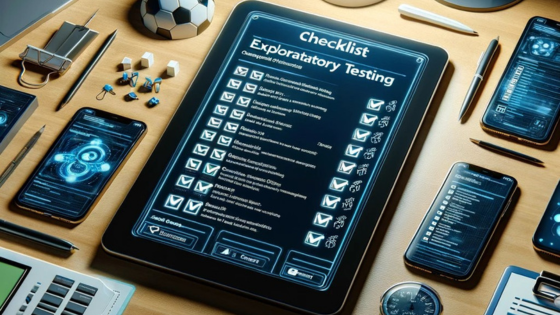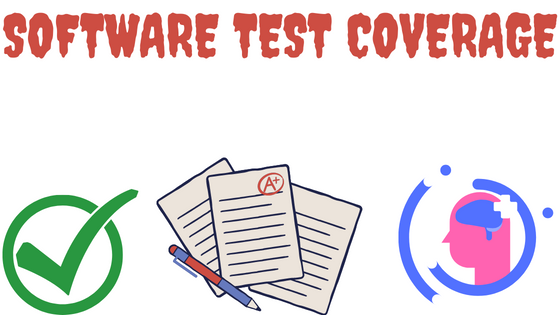Table of Contents
Exploratory Testing
is an approach to software testing that is concisely defined as simultaneous learning, test design, and test execution. Unlike traditional testing methods, which rely heavily on pre-defined test cases, exploratory testing encourages testers to leverage their skills, experience, and intuition to explore the software, identify defects, and learn about the system’s behavior in real-time.
The Importance of Exploratory Testing in Agile
In agile development environments, where speed and adaptability are paramount, exploratory testing plays a crucial role. It allows for immediate feedback and the quick uncovering of issues that may not have been anticipated during the initial planning phases.
This testing approach fosters a deeper understanding of the application among testers and developers, facilitating a more collaborative and responsive development process.
Preparing for Exploratory Testing
Preparation for exploratory testing involves defining clear objectives, setting up the testing environment, and selecting the right tools.
While the approach is less structured, having a plan helps testers cover more ground and ensures that the testing is aligned with the project goals.
Key Techniques in Exploratory Testing
- Charter Creation: Define the scope and goals of a testing session.
- Session-based Testing: Conduct timed testing sessions to focus efforts and measure progress.
- Note-taking and Documentation: Keep detailed records of actions, observations, and insights.
Implementing Exploratory Testing: Step-by-Step Guide
- Define Testing Objectives: Start by identifying what you want to achieve with your testing. This could include learning about new features, finding bugs, or verifying user flows.
- Create Test Charters: Test charters outline the scope of a testing session, including the areas to be explored and any specific aspects to focus on.
- Conduct Session-based Testing: Use timed sessions to maintain focus and productivity. Each session should aim to explore different parts of the application or different testing techniques.
- Document Findings and Observations: Effective note-taking is crucial in exploratory testing. Document your steps, observations, and any issues to facilitate future testing and development efforts.
- Review and Share Results: Share your findings with the team. Discuss what was learned, and any bugs discovered, and suggest improvements. This collaboration enhances the overall quality of the software.
Tools and Resources for Effective Exploratory Testing
Several tools can enhance the efficiency and effectiveness of exploratory testing—these range from note-taking apps and screen capture tools to more specialized software testing platforms.
Selecting the right tools depends on the team’s needs and the specific objectives of the testing sessions.
FAQs
What is the difference between exploratory testing and ad hoc testing?
Exploratory testing is structured and guided by a charter, whereas ad hoc testing is random and without any specific plan.
How does exploratory testing fit into agile methodologies?
Exploratory testing fits well into agile methodologies as it is flexible and can be conducted at any stage of the development cycle, providing rapid feedback.
Can exploratory testing replace scripted testing?
Exploratory testing does not replace scripted testing but complements it. Both approaches have their benefits and can be used together for a comprehensive testing strategy.
Conclusion: Integrating Exploratory Testing into Your QA Process
Exploratory testing is not a standalone approach but rather a complement to structured testing methods. By integrating exploratory testing into your QA process, you can ensure a more comprehensive and adaptive testing strategy that better supports agile development methodologies and leads to higher-quality software products.



